In the ever-evolving world of home gyms, functionality and space-saving design are everything. If you're like many who train in a garage or tight basement corner, a folding squat rack isn’t just a convenience—it’s a necessity. With innovations from companies like PRx Fitness and the growing popularity of profile folding squat racks, it’s now easier than ever to create a compact yet powerful training space. Here's how to choose the right foldable rack and why building your own package might be the smartest way to tailor your setup.
Why a Folding Squat Rack?
A folding squat rack solves a critical issue for home lifters: space. Unlike traditional power racks, foldable models collapse against the wall when not in use, allowing you to reclaim your space for other activities. But compact doesn’t mean compromised. Many modern designs, especially the PRx collapsible squat rack, are built to handle serious weight while offering full functionality for squats, presses, pull-ups, and more.
Understanding the Profile Folding Squat Rack
Profile folding squat racks refer to racks that sit flush against the wall when folded, often using heavy-duty hinges or gas shocks to make deployment quick and easy. They're ideal for people who want a clean, low-profile look without sacrificing performance. Some models even include built-in leveling systems and adjustable J-hooks, making them a great choice for uneven garage floors.
One standout is the PRx Fitness foldable rack, known for its patented vertical folding mechanism. This rack mounts directly to the studs in your wall and folds upward in seconds, requiring minimal floor space. It’s rock solid under load and supports accessories like dip stations, spotter arms, and even landmines.
Build Your Own Package: Customization That Matters
Buying a rack is only part of the equation. With many brands now offering "build your own package" options, lifters can mix and match attachments and accessories to fit their exact needs. Want to add safety arms, a pull-up bar, or weight storage? No problem. Customization makes it easier to plan for your training style—whether you're focused on Olympic lifts, bodybuilding, or general strength.
When building your own package, consider:
-
Space Dimensions: Make sure your ceiling height supports both your squat depth and any overhead work.
-
Attachment Compatibility: Some foldable racks only support their own brand's add-ons.
-
Weight Rating: Look for a rack with a minimum capacity of 700–1,000 lbs for long-term use.
-
Ease of Use: Can you fold and unfold the rack alone, safely and quickly?
From the Garage: A Personal Note
When I first downsized into a smaller space, I worried my lifting days were numbered. My traditional power rack just wouldn’t fit. After months of research, I settled on a profile folding squat rack mounted in my garage. The difference was immediate—not just in space, but in how much more consistent I became with training. I could park the car in the evening, fold down the rack in seconds, and get a full session in without skipping a beat. It made strength training feel integrated into my lifestyle, not a separate event I had to plan for.
The Rise of Performance Racks
Don’t let the foldable form factor fool you—modern folding squat racks are every bit as durable and versatile as their full-size cousins. In fact, many brands now market their top foldable models as “performance racks,” meaning they meet the same standards as what you’d find in a commercial gym. This includes high gauge steel construction, Westside hole spacing, and compatibility with a wide range of accessories.
If you’re training for strength, longevity, and performance—but also need to keep your living space functional—a performance-focused foldable rack is one of the best investments you can make.
Final Thoughts
Building your own package with a profile folding squat rack allows you to tailor your setup to both your goals and your space. Whether you go with a PRx collapsible squat rack or another wall-mounted option, the right configuration can make your training more efficient and sustainable. Prioritize build quality, customization options, and ease of use—and your home gym will feel anything but limited.




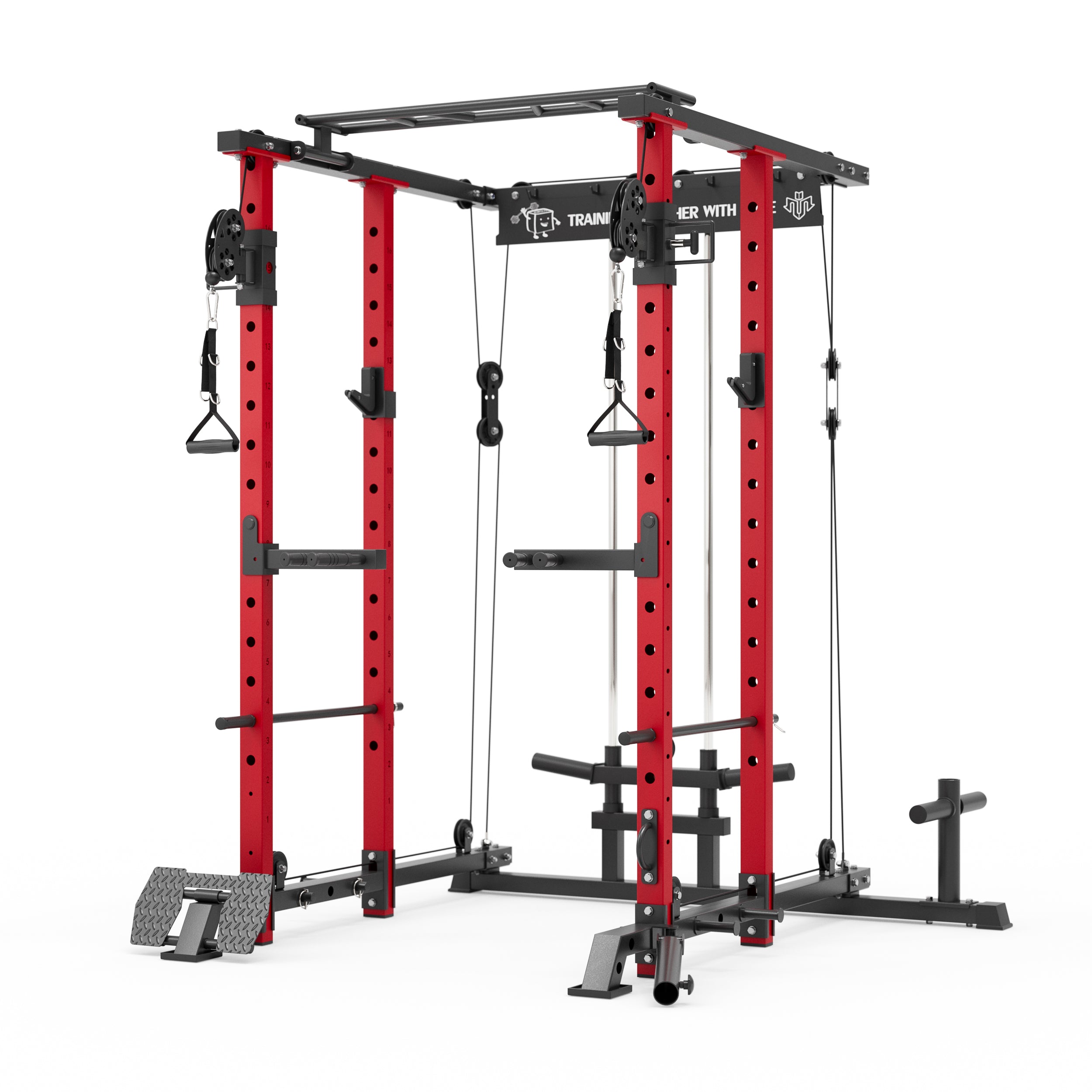


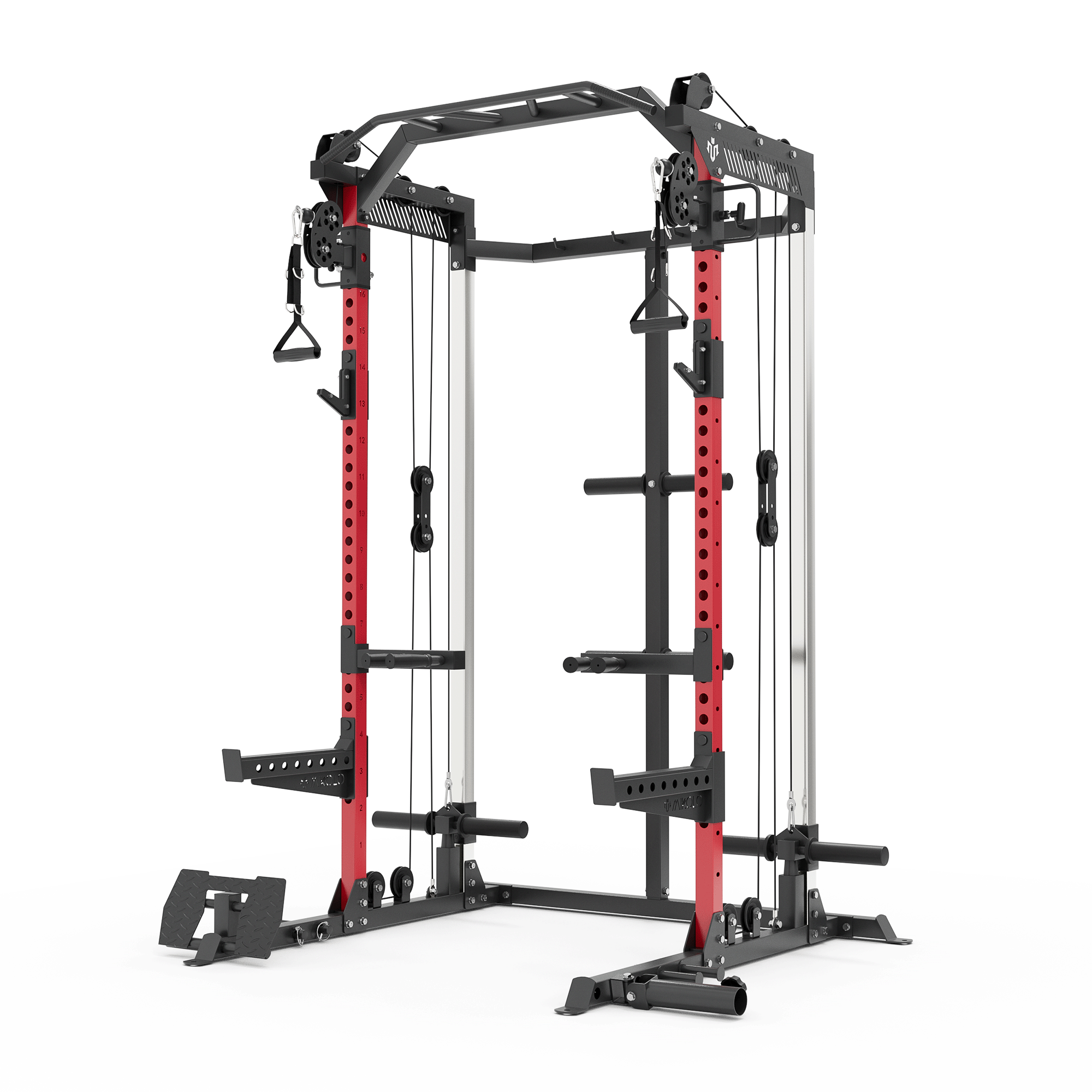



















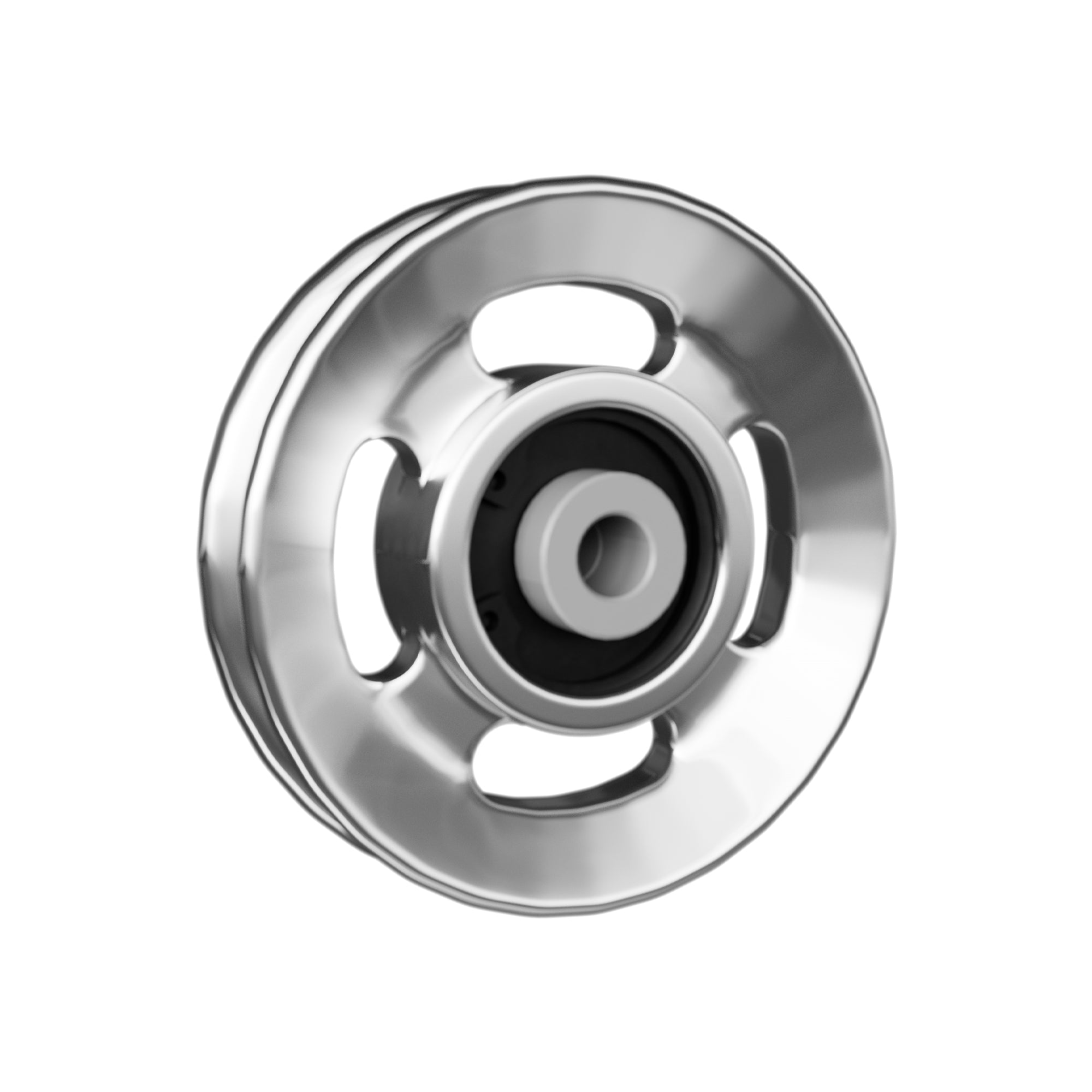



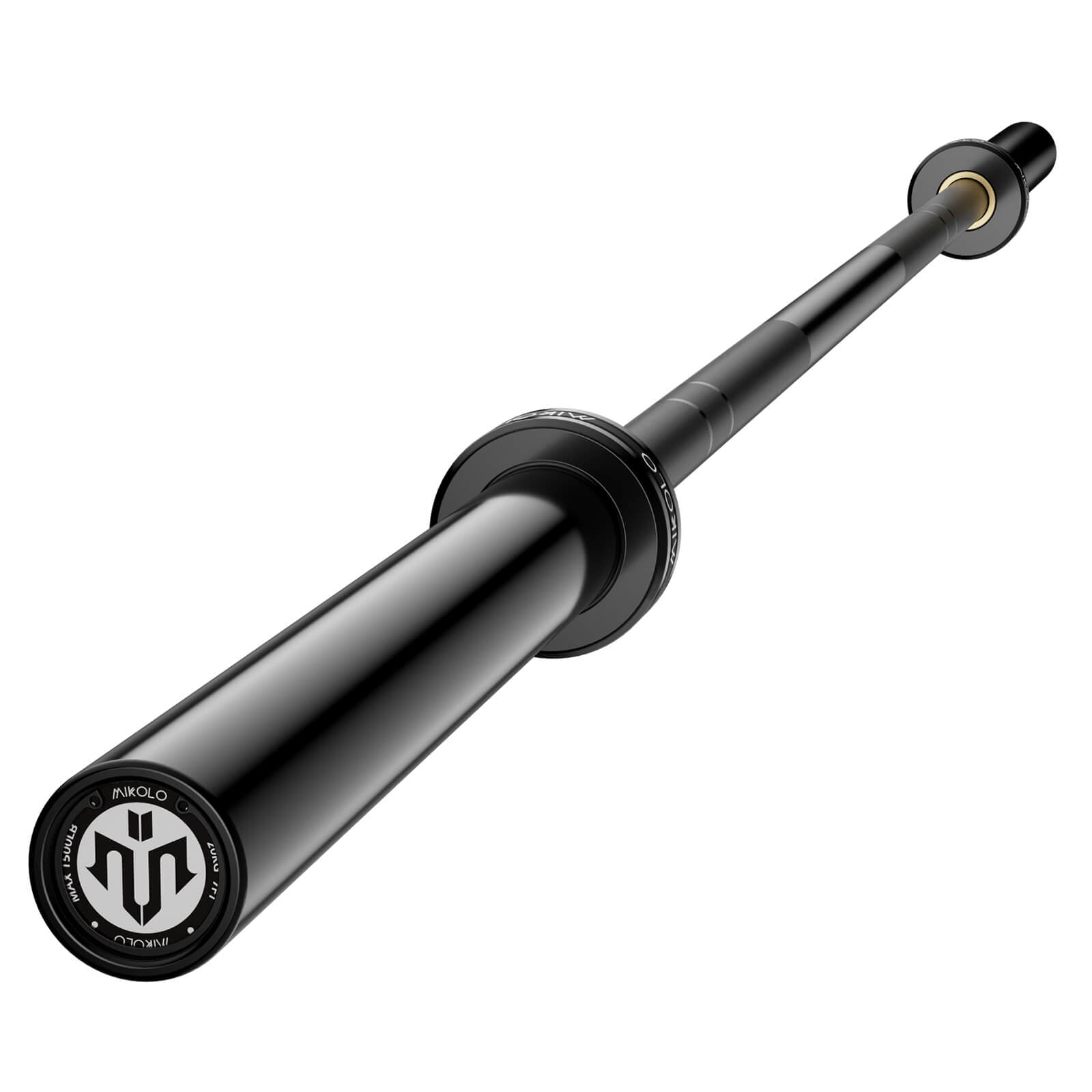
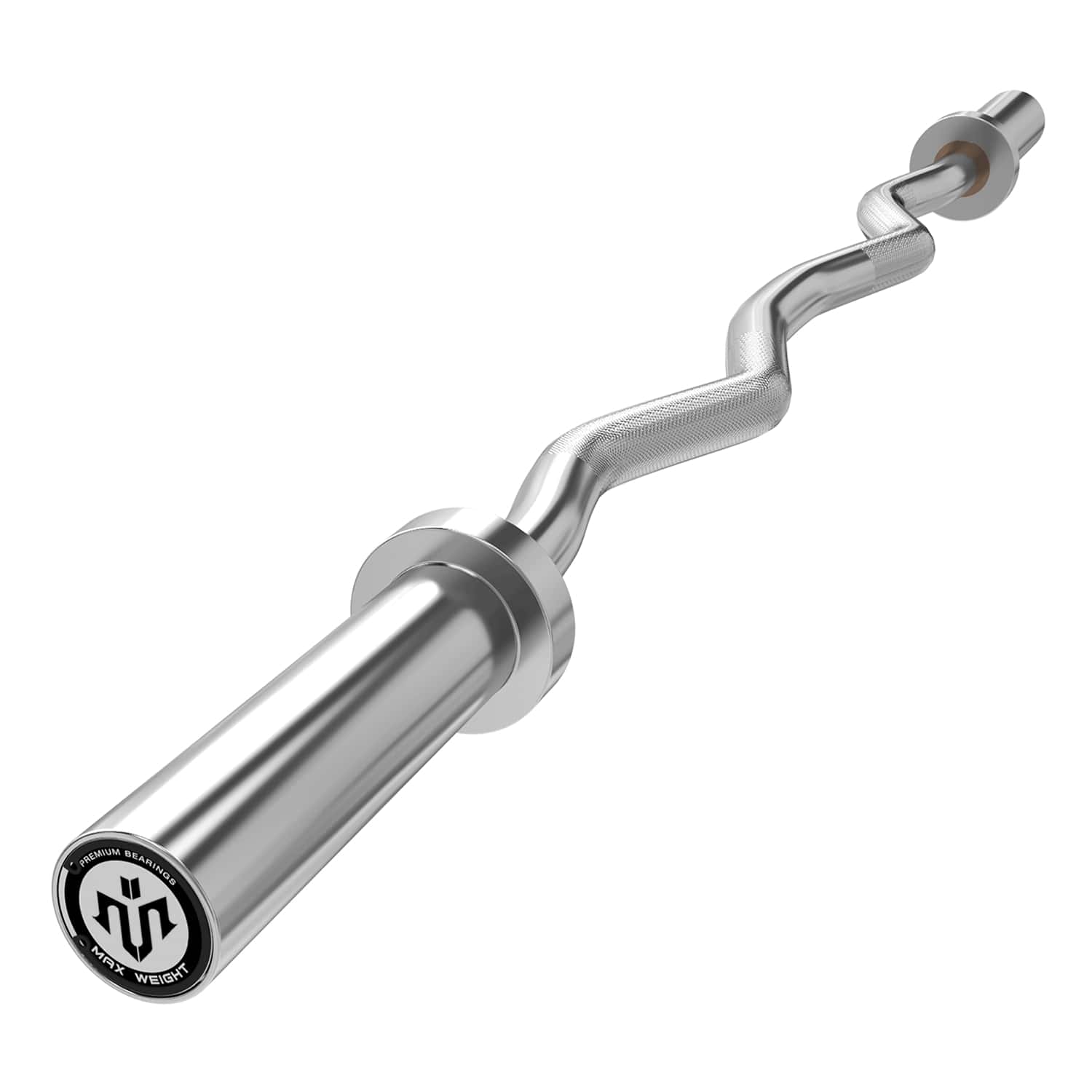







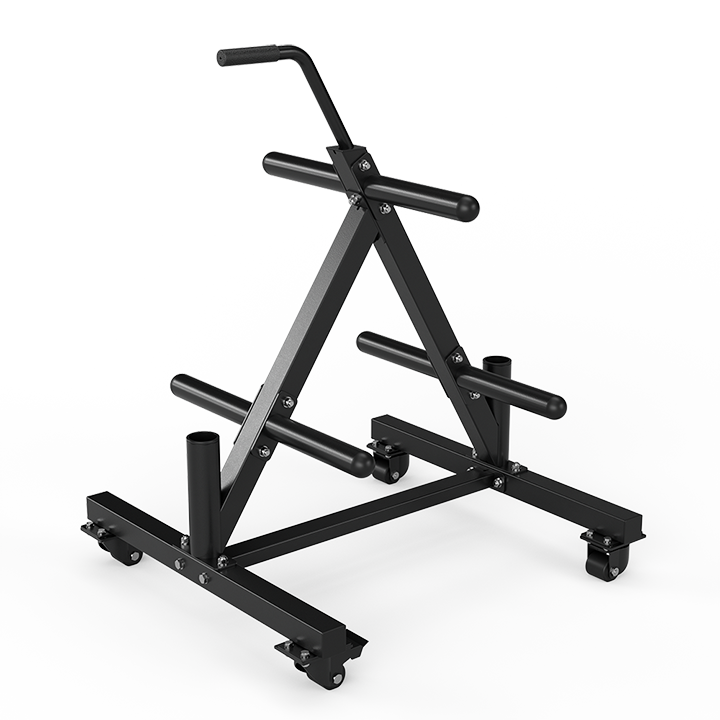





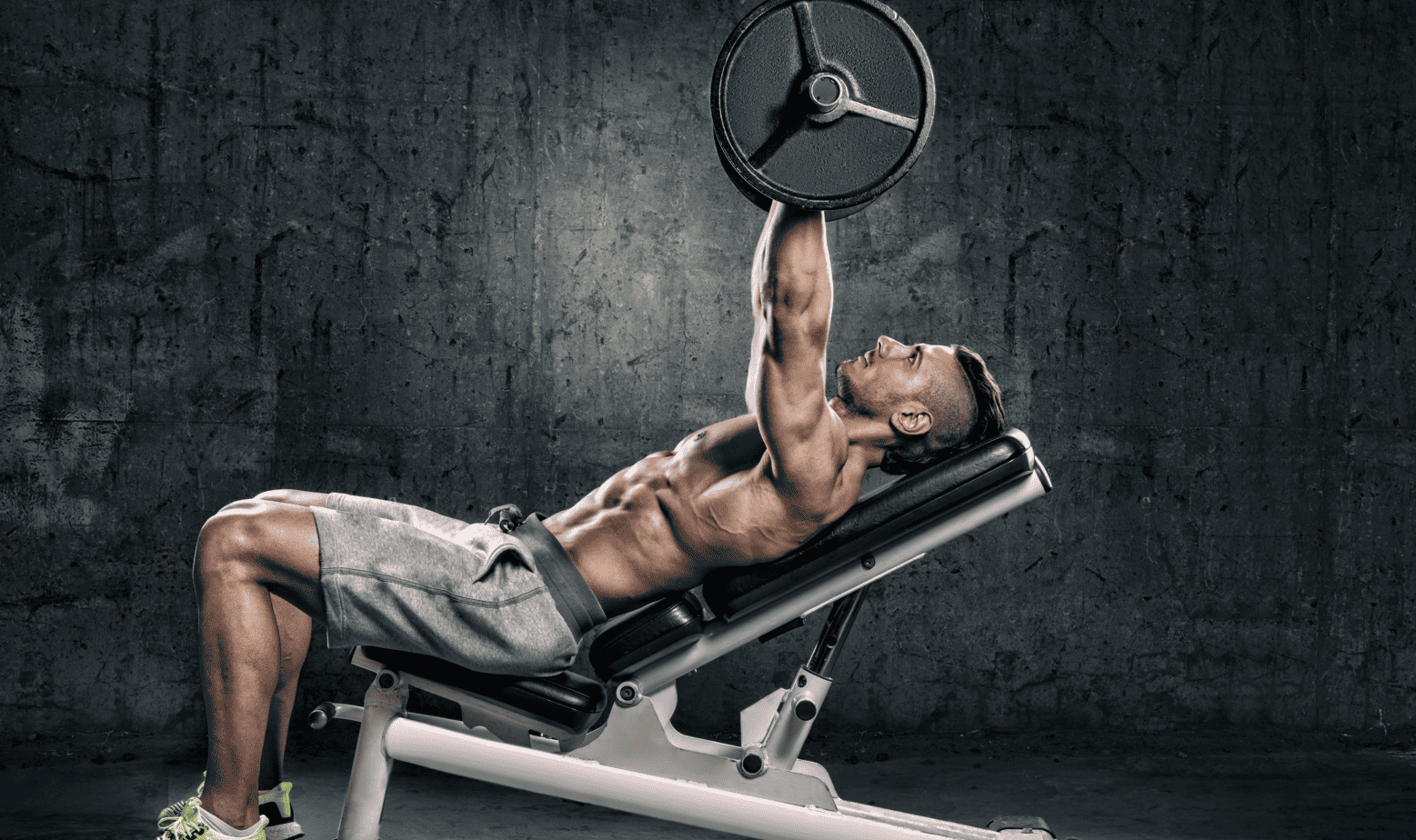
Leave a comment
This site is protected by hCaptcha and the hCaptcha Privacy Policy and Terms of Service apply.